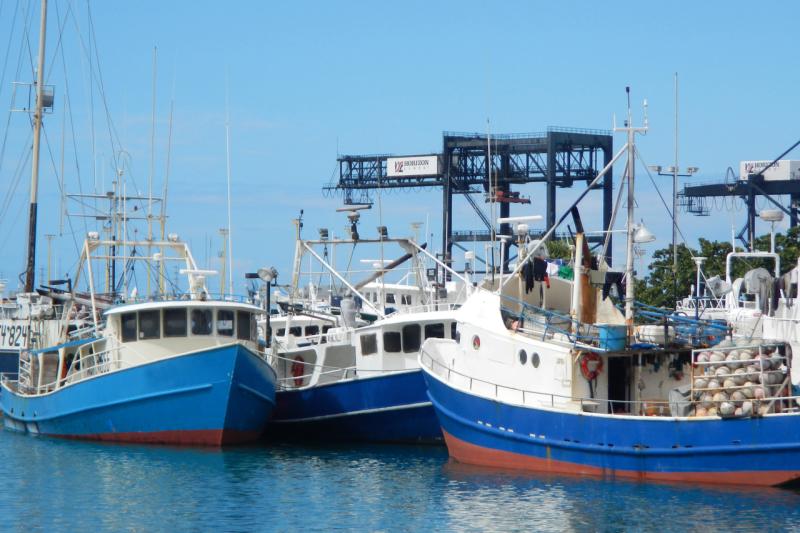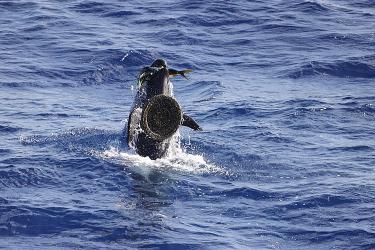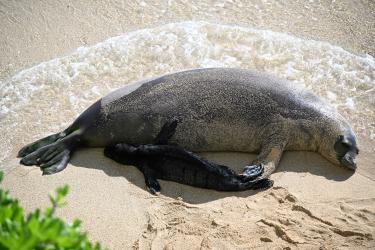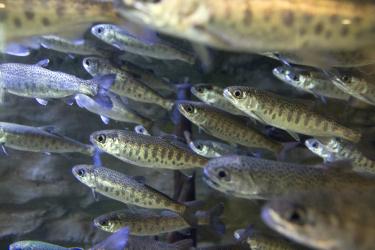The Challenge: Combining Pacific Islands Permitting into a more robust, single system
Effective permit management is critical to supporting fisheries and an industry that is valued at many millions of dollars a year, as well as sustainable science and management. An efficient and responsive permit program also supports positive relationships between fishermen and the agency.
The fisheries permitting process is complex and exacting, and the Pacific Islands Regional Office Permits Program manages an array of permits across a vast and diverse geographic area. The National Permits System (NPS)—which enables online application, renewal, payment, and tracking—was launched nearly a decade ago, and has been used by the Pacific Islands Regional Office for managing Hawaii longline and High Seas Fishing Compliance Act permits, along with Western and Central Pacific Convention Area Endorsements. Many of the Pacific Islands’ regional permits are issued using a separate regional database. While improvements have been made to the regional permit processing protocols, they still use two systems—a regional database and the NPS. The regional office is working toward a solution that will further improve efficiency.
Recognizing this need to improve efficiency, the PIRO Permits Program turned to the Quality Management and Continuous Improvement Professional Specialty Group of the Fisheries Information System program to help guide the transformation of the permitting process for the Hawaii longline fishery, the largest managed fishery in the region. The goal was to move from the two databases into a single, more robust system, all while ensuring continuity of service for the fishing community and the integrity of legacy data.
The approach:
To begin the process, the PIRO Permits Office participated in a Value Stream Mapping workshop, a quality management and continuous improvement tool that enables participants to step back and visualize each step in a complex system. By evaluating Hawaii longline permitting from this vantage point, the team was able to identify inefficiencies, spot opportunities to improve the current processing of permits, and plot a road map toward a new, integrated system. The workshop also provided the opportunity for staff from the Science Center and Regional Office to learn more about the permitting process in general, and to become familiar with the data available from the system.
The outcome:
The workshop led to immediate improvements in the office’s permits management protocols, and validated recommendations for modernizing the system. Mapping out the steps helped the team identify ways to streamline permit approvals, which eliminated some duplicative or time-consuming steps, and pointed the way toward integrating disparate regional permits into a more coherent program.
The Value Stream Mapping exercise also enabled the office to address shortcomings with the NPS and integrate more online features to save time and resources—including paper. These savings have allowed NOAA Fisheries to reduce the fee for applying online for a Hawaii longline permit to $31, down from $52 for a paper application.
The improvements in the new system translate directly into benefits to industry. A representative from a company that owns and operates a fleet of tuna longline vessels said the online process is easier. It “saves me a lot of time from having to re-input a lot of the same information,” the operator said, which at the end of the day means more time to focus on fishing.



